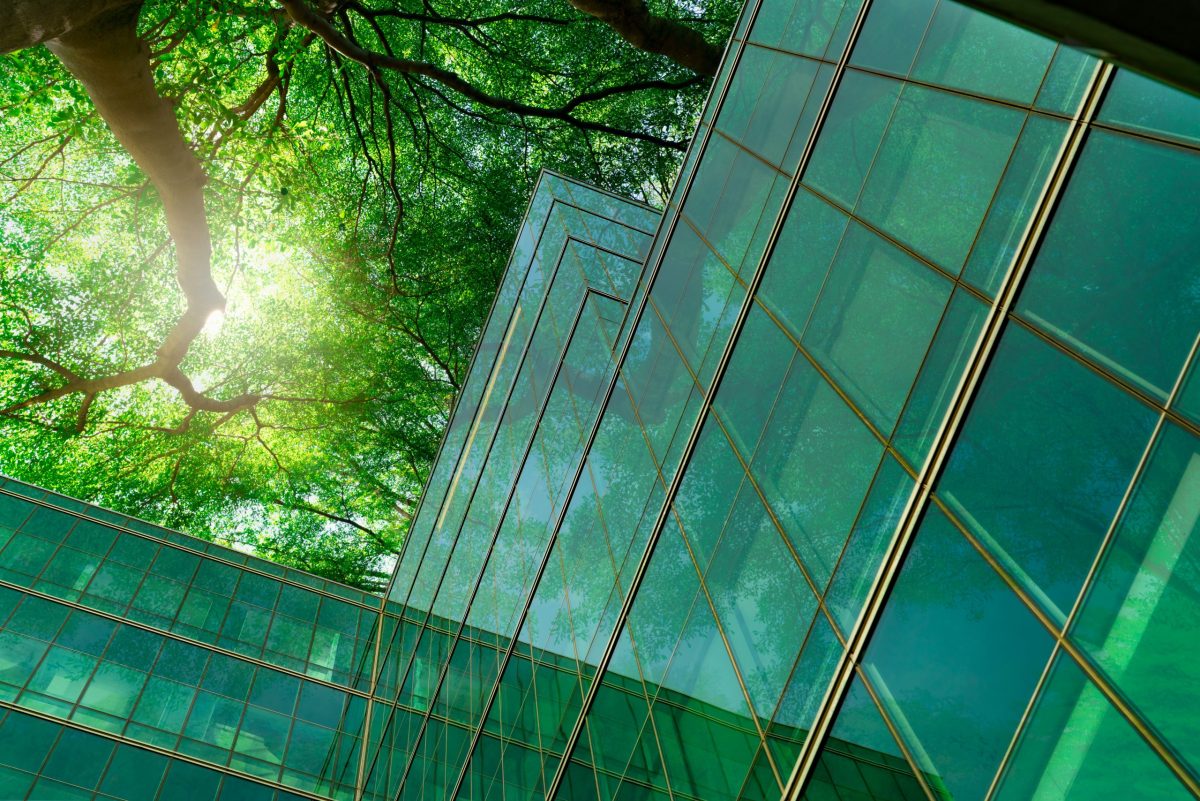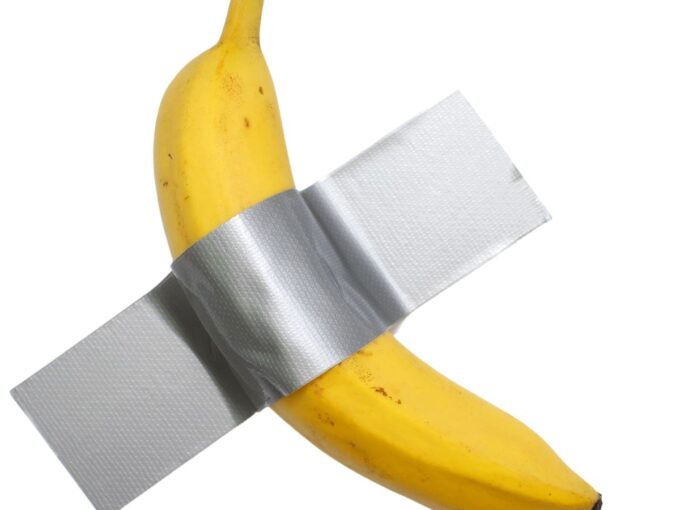There’s no doubt about it; luxury assets symbolise extreme wealth and privilege, encompassing a wide range of high-value items such as yachts, private aircraft, and fine art. Markets for these assets are collectively worth billions and are showing steady growth with no signs of slowing down. The market is, however, evolving under calls for sustainability.
Scrutiny
From superyachts owned by royalty to celebrity-owned private jets and multimillion-pound art collections, luxury assets continue to attract significant attention from investors and enthusiasts. This attention often extends beyond admiration, with these industries facing growing public and media scrutiny for their environmental and social impacts.
For instance, private aircraft have been criticised for their carbon footprints, with campaigns like the “Ban Private Jets” movement making headlines worldwide. Similarly, the fine art world faces questions about the sustainability of materials used, shipping practices, and the energy consumption of climate-controlled storage facilities and galleries.
Environmental concerns are also leading to direct action by activists. In recent years, high-profile incidents have seen climate protest groups targeting luxury assets to raise awareness of their environmental toll. Superyachts docked in Barcelona, private jets at airports, and even museum pieces have been at the centre of protests by campaign groups. Such actions highlight growing frustration with the environmental impacts of these assets.
This scrutiny has arguably placed pressure on manufacturers, owners, and service providers to make a shift towards sustainability. The call for change is not unique to the luxury sector however, as industries ranging from cryptocurrency to construction and fashion face similar demands. However, luxury assets stand out as a particularly visible target, given their exclusivity and association with substantial wealth.
Sustainability
Many industries related to luxury assets are shifting toward sustainable practices, aligning with global efforts to achieve net-zero carbon emissions by 2050. Innovation is reshaping the design, manufacture, and operation of these assets to balance luxury with environmental responsibility.
For example, in the world of yachts, eco-friendly propulsion systems such as hybrid engines, fully electric vessels powered by solar, and hydrogen-powered yachts are gaining popularity. Similarly, private aircraft manufacturers are exploring sustainable aviation fuels (SAFs) and electric or hybrid-electric propulsion systems to reduce carbon emissions. These advancements reflect a commitment to finding viable alternatives to unsustainable fossil fuels.
Sustainable materials are also being implemented in the construction of luxury assets. Yacht builders, for example, are increasingly using recycled carbon fibre, bio-resins, and sustainably sourced woods. Aircrafts are also introducing greener alternatives, including recycled plastics for tray tables and overhead bins, recycled textiles for seat covers and carpets, and bamboo for panelling and trims.
In the art world, the use of non-toxic paints, sustainable canvases, and frames made from reclaimed wood are becoming more popular. Additionally, art storage and shipping processes are transforming, with energy-efficient climate control systems and greener transportation methods being introduced.
Eco-conscious ownership
Owners of luxury assets are also playing a crucial role in driving sustainability forward. Shared ownership models, for example, are gaining traction, allowing multiple parties to share the costs and environmental impacts of yachts, jets, and even art collections. Fractional ownership not only makes these assets more accessible but also reduces the demand for constant new production.
The next generation of wealth inheritors is also influencing this shift. Millennials and Gen Z, who are expected to inherit significant wealth, are reportedly more committed to sustainability than previous generations. Their preferences are reshaping the luxury market, with increasing demand for eco-friendly and ethically sourced options.
Our role
Whether a luxury asset is purchased as purely as an investment piece or a passion project for luxury asset enthusiasts, our role is to support owners and investors in safeguarding their assets and navigating changes towards increased sustainability.
As high-net-worth clients and beneficiaries consider their environmental impact, and their own priorities in supporting global efforts, we work in partnership with a global network of specialist advisors to minimise the exposure to “greenwashing”, where opportunities may superficially present themselves as sustainably focused, but may fall short of best practice. We also support work to identify opportunities to integrate sustainability into our clients’ portfolios when desired.
By tailoring our services and approach to meet individual definitions of sustainability, we translate eco-friendly aspirations into tangible, positive actions. This approach not only helps protect the environment but also ensures the long-term value and relevance of these extraordinary assets.










